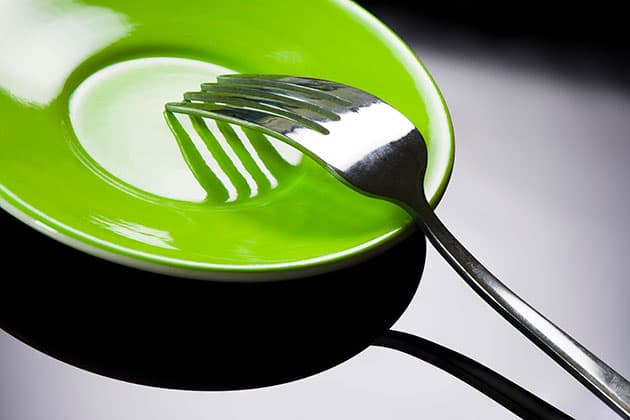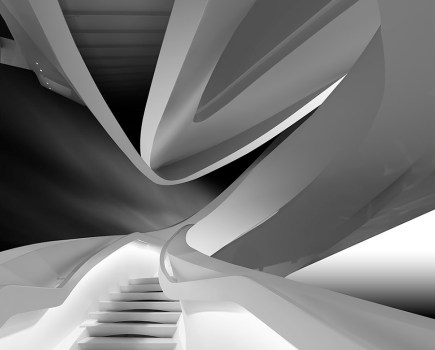Learn how to create polished product shots and carefully crafted still-life photos using continuous lighting as James Paterson explains.
One of the quirks of photography is that we are accustomed to the idea of lighting subjects with a light that none of us can properly see. A burst of flash is impossible to judge by eye, but it’s the accepted norm for photographic lighting and has been so for more than a century. For this reason, flash has always been one of the biggest stumbling blocks for those learning photography. Its unpredictability means that flash takes years to master, and so it’s rightly a source of pride for those users who have learned how to control it.
But with advancements to continuous lighting in the past few years, this century-old mindset is shifting. High-powered LEDs like the Rotolight range make it easier than ever to use continuous lighting because we don’t have to rely on light meters and endless test shots. We can simply eyeball it.
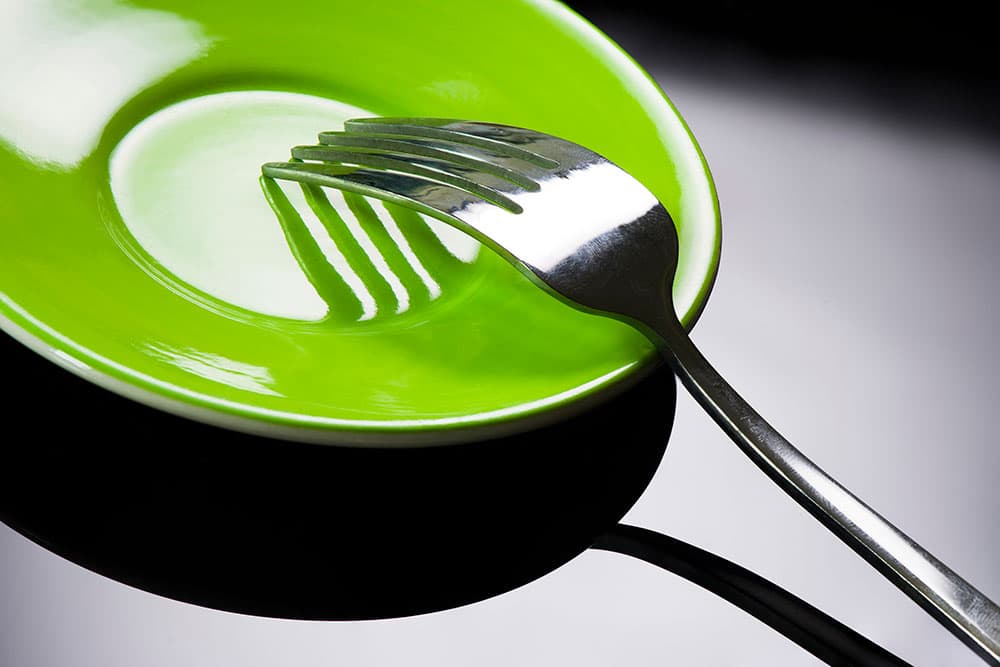
Continuous lighting makes shooting still-life setups much easier. Nikon D850, 105mm, 1/5sec at f/13, ISO 100. Credit: James Paterson
Still life continuous lighting: Precise control
The convenience of shoot-what-you-see lighting is especially helpful when shooting still life, product shots, macro or any subject where you have the freedom and time to craft the light. Whether making elegant still-life photos like this André Kertész-inspired close-up or shooting professional product photos, the Rotolight range of LEDs offers precise control and superb quality of light. Like all the LEDs in the Rotolight range, the AEOS used here not only gives us powerful continuous lighting but also the option to choose a colour temperature (with astounding colour accuracy of CRI:96+). We can fine-tune the brightness using a simple dial that goes from 0-100%. At full power, the AEOS is capable of 5750 lux. What’s more, it also features a High-Speed Sync (HSS) flash mode that more than doubles this.
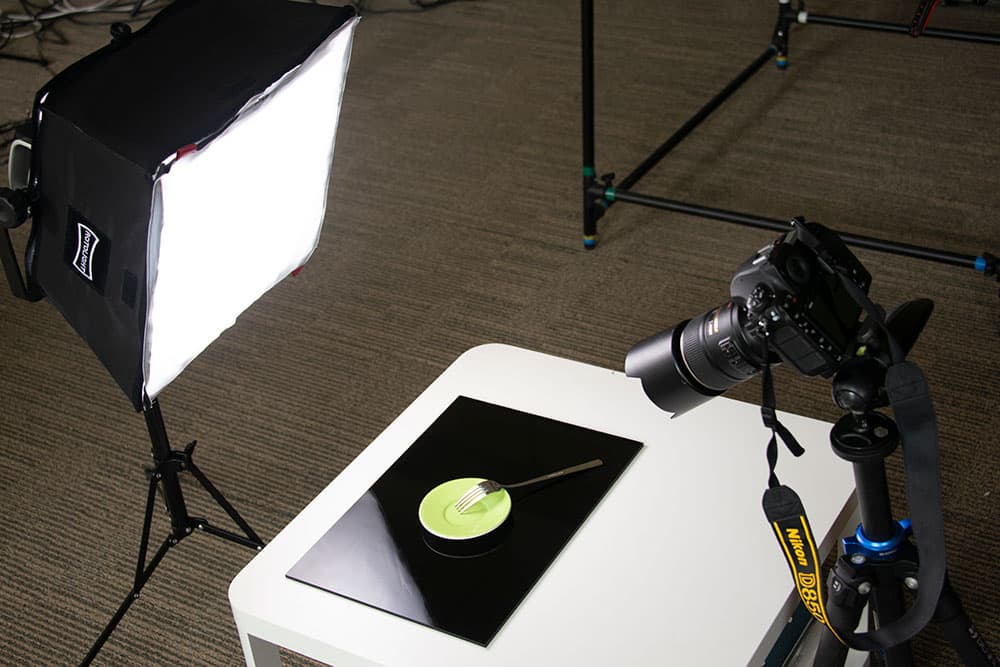
A softbox helps create clean, solid reflections when using metal and glass. Credit: James Paterson
Exposure freedom
Those wedded to their speed lights and studio monoblocks will argue that LEDs can’t compete with flash in terms of output. It’s true that the flash will produce a higher max output every time. But this should not be the deciding factor on which light is best. Anyone who’s bought a camera in the past few years will know that modern sensors don’t need to guzzle light to produce stunning photos.
With still-life photography max output doesn’t necessarily have to be that important at all. If the subject isn’t moving and the camera is fixed to a tripod, we can choose an aperture, drop the ISO and then use a longer shutter speed. In this kind of situation, it’s all about the quality of light.
Quality of light
The high density of the Rotolight LED bulbs means the quality of light is more diffuse than you might think. It also means that they don’t suffer from the weird shadow shapes you often see with cheaper LEDs. What’s more, they don’t heat up or emit any loud fan sounds, which makes them a joy to work with, especially if you plan on spending several hours methodically working in the studio. As the lights don’t get hot you can attach colour gels directly in front of the bulb for long periods of time. We used the orange gel to light the backdrop in the bottle photo further in the article. Filters are an additional purchase, found under accessories.
Instant feedback
Instant feedback with constant lighting means all the factors that make up ‘good’ lighting – like control over shadows, quality of light and correct lighting ratios – can be assessed and tweaked by eye. We can judge the quality and strength of the light, have the shadows fall where we want, and see how two or more lights work together, all before taking a single shot. Best of all, we don’t need to be a master of light – we just need to have a good eye. Suddenly lighting becomes less of a mystery and ultimately more fun.
Harmonious colour temperature
One thing to be aware of when using continuous lighting for still life and product photos is if the ambient light will affect the exposure. Often this will mean shooting in a dark room for complete control over the light. But we can use ambient light to our advantage. We could, for example, light our subject using window light from one side as we’ve done here. The ‘Before’ image shows the effects of the window light alone, while in the larger image, the Rotolight AEOS fills in the shadows on the right and defines the shapes.

BEFORE: The subject is lit by window light from the left. Nikon D850, 70-200mm, 2.5sec at f/16, ISO 100. Credit: James Paterson
The Rotolights really show their worth in a set-up like this. Colour temperature control between 3150 and 6300 kelvin makes it easy to balance the AEOS with daylight (around 5600K), letting us use both natural window light and artificial LED light in perfect harmony.
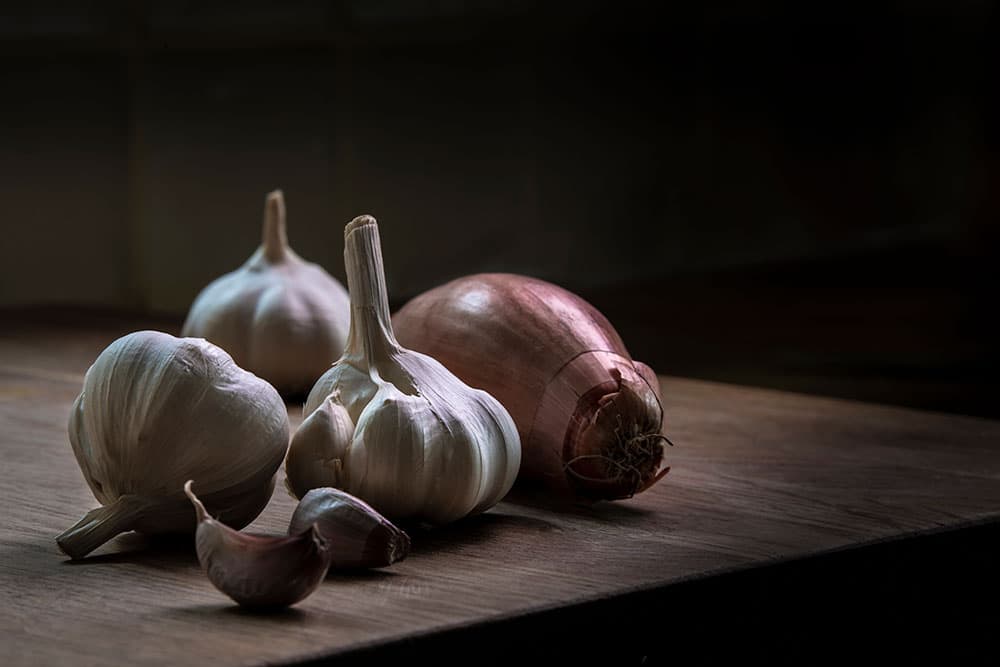
AFTER: The subject is lit by window light from the left and LED light from the right. Nikon D850, 70-200mm, 2.5sec at f/16, ISO 100. Credit: James Paterson
Similarly, if we need to shoot in an interior where the overhead tungsten lighting is difficult to control, or could even turn off, we can set the Rotolights to the same temperature and avoid any white balance disasters. It’s a feature that will prove useful for all kinds of location shooting whenever we need to supplement the ambient light, whatever colour temperature it may be.
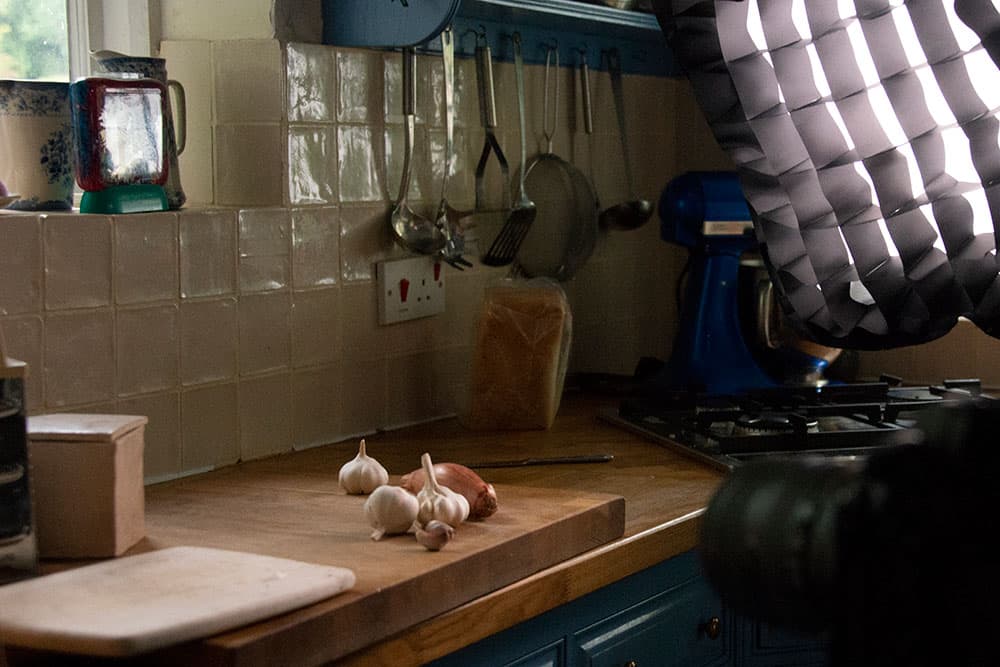
Use a combination of ambient light and artificial LED light for a perfectly balanced picture. Credit: James Paterson
Product composites with continuous lighting
One of the great advantages of having a still subject and controlled continuous lighting is that you don’t have to nail everything in a single frame. With the camera on a tripod, you can shoot several frames in alignment and then combine them in post-production. It means you can move a light to get the perfect reflection or highlight one part of the subject, then reposition it elsewhere to create other highlights and shadows as you see fit. It’s a technique that suits product photography.
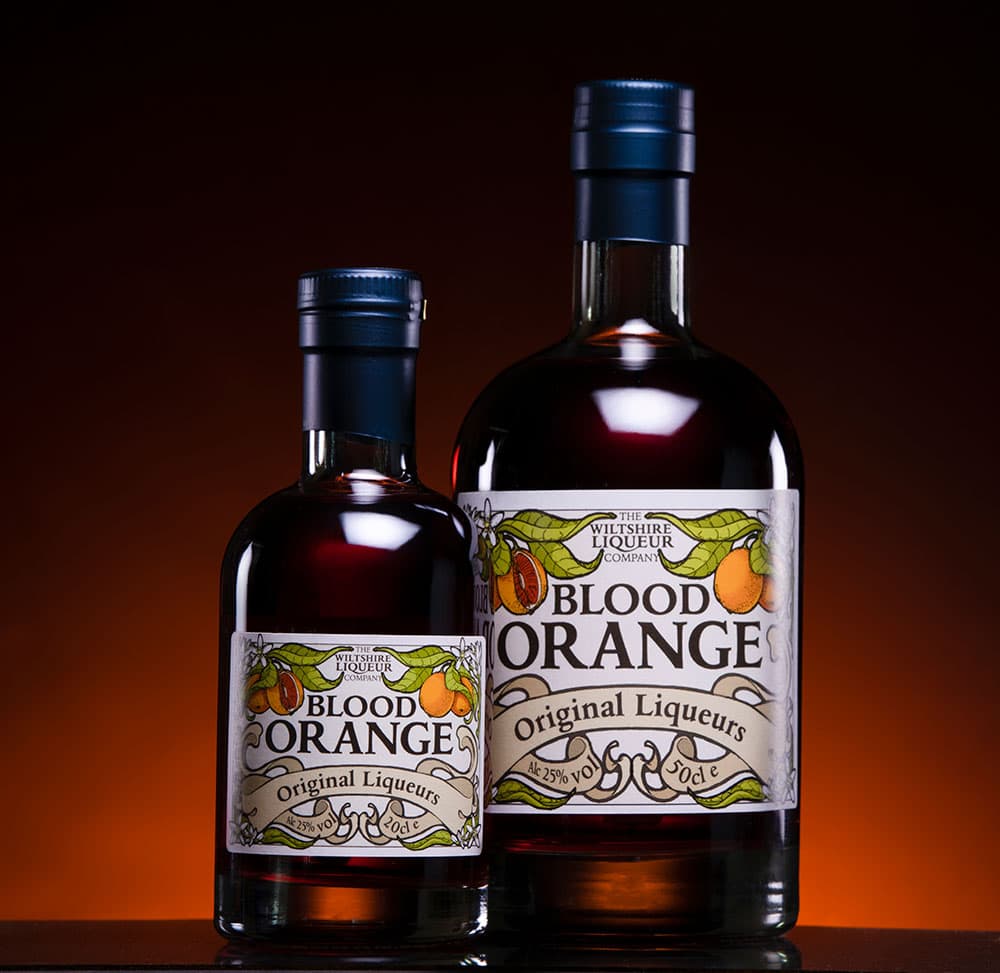
This final image is a composite of three frames with the light repositioned in each. Nikon D850, 70-200mm, 4 sec at f/16, ISO 100. Credit: James Paterson
To photograph the bottles here, I used a Rotolight AEOS light fitted with a softbox, plus a smaller NEO 2 fitted with an orange gel trained on the background. The final image consists of three frames: first with the AEOS behind and to the left, then behind to the right, then in front and above.
Of course, this requires the time and Photoshop skills to composite the frames together. But it’s well worth it for the extra flexibility you have to pick and choose the frames that showcase the subject at its best. What’s more, it’s ideal for those who don’t have the budget for lots of lights.
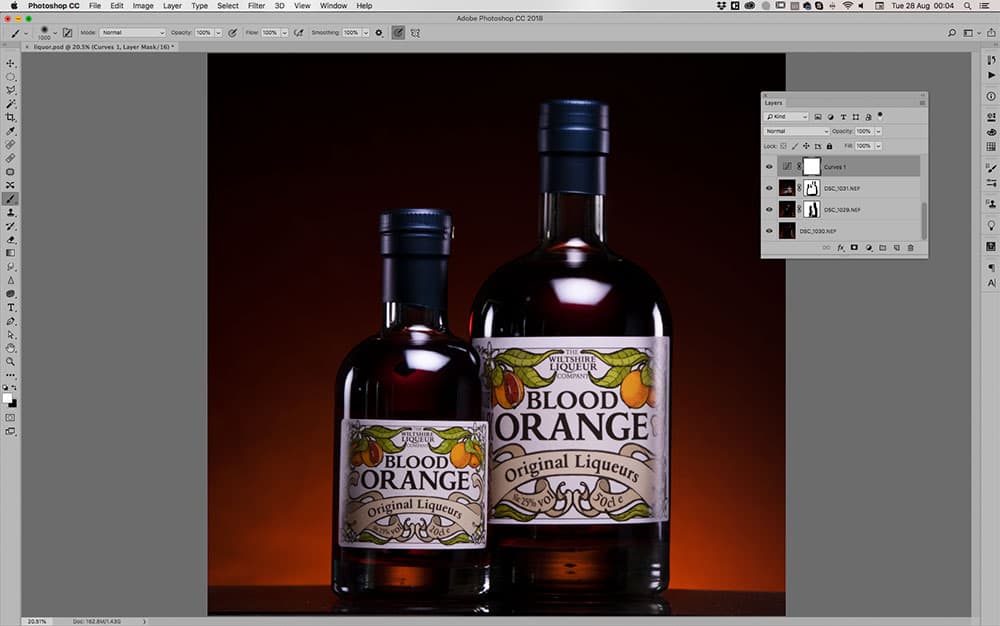
Composite of final three frames together in post-production. Credit: James Paterson
Kit list for still-life photos using continuous lighting
Rotolight AEOS
This disc-like LED can be used in the studio or on location. It offers both powerful constant LED illumination and High Speed Sync flash, with an optional battery pack that offers five hours of use.
Rotolight NEO 2
The NEO 2 is the most portable light in the Rotolight range. Like the AEOS, it also offers a combination of bright, constant LED illumination and High Speed Sync flash.
AEOS softbox
A must for product photography, a softbox diffuses and softens the light. It also lets us create clean, hard-edged reflections when shooting glass or metal. Find out about Rotolight’s SmartSoft Box.
Updated NEO and AEOS lights are now available. See here:
Rotolight NEO 3 and AEOS 2 Review
Plus, Pro versions. See our Rotolight AEOS 2 PRO Hands-On Review and Rotolight NEO 3 PRO Hands-on Review.
Reflector
Useful for bouncing light back into shadows and to even out the contrast in still life photos with continuous lighting. A reflector is an inexpensive and invaluable piece of kit for all kinds of photography.
Skyport Trigger
The NEO 2 and AEOS used here come with inbuilt Elinchrom Skyport receivers, which means you can pair them with a Skyport transmitter like this to control and trigger HSS flash.
30 photography accessories for under £30
James Paterson is an award-winning journalist, skilled photo editor and photographer. His work has appeared in countless magazines and books, and he is editor of Practical Photoshop. Although James specialises in portraiture, he shoots a range of subjects. Visit www.patersonphotos.com.
Find more still life photography tips here.
Still life photos: how to capture stillness
Our best-ever landscape, portrait and still life photography tips
How to create still life flower photos

